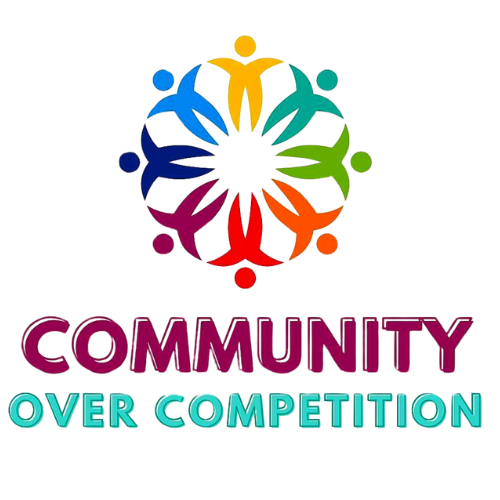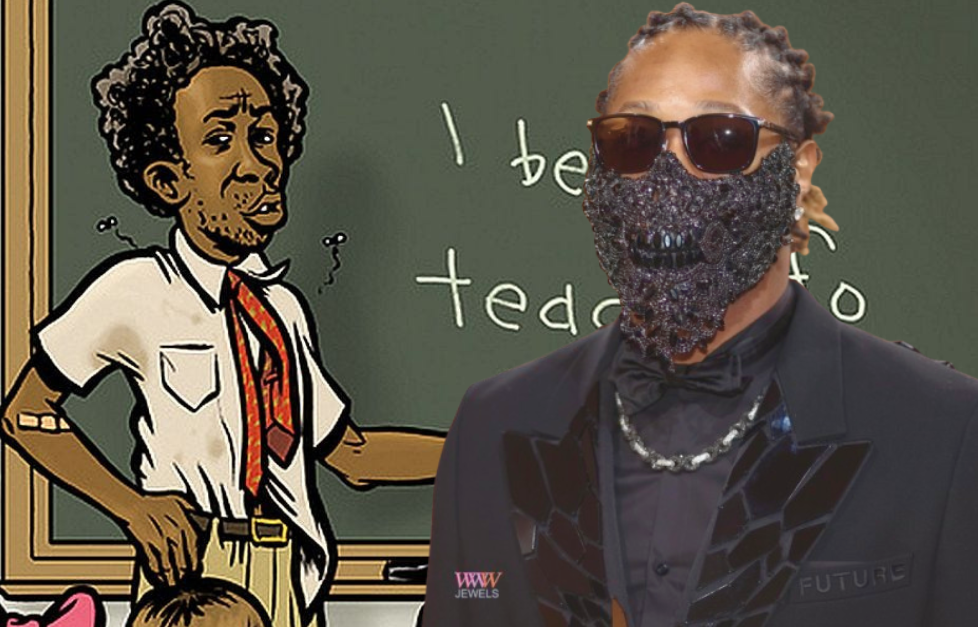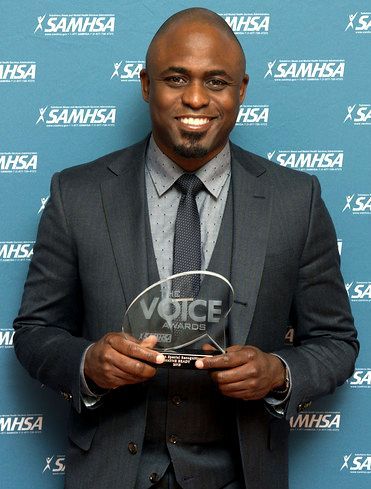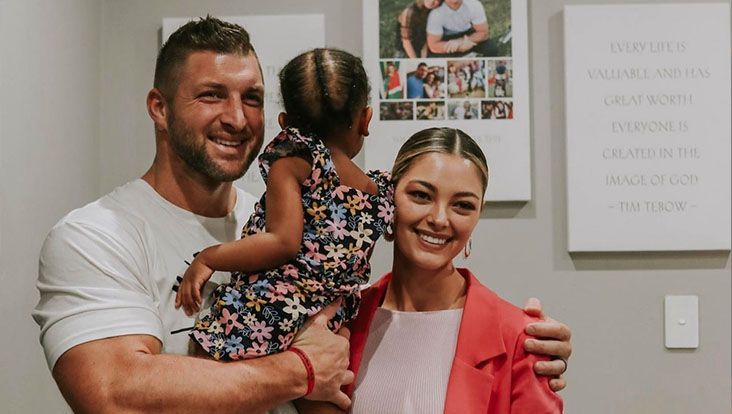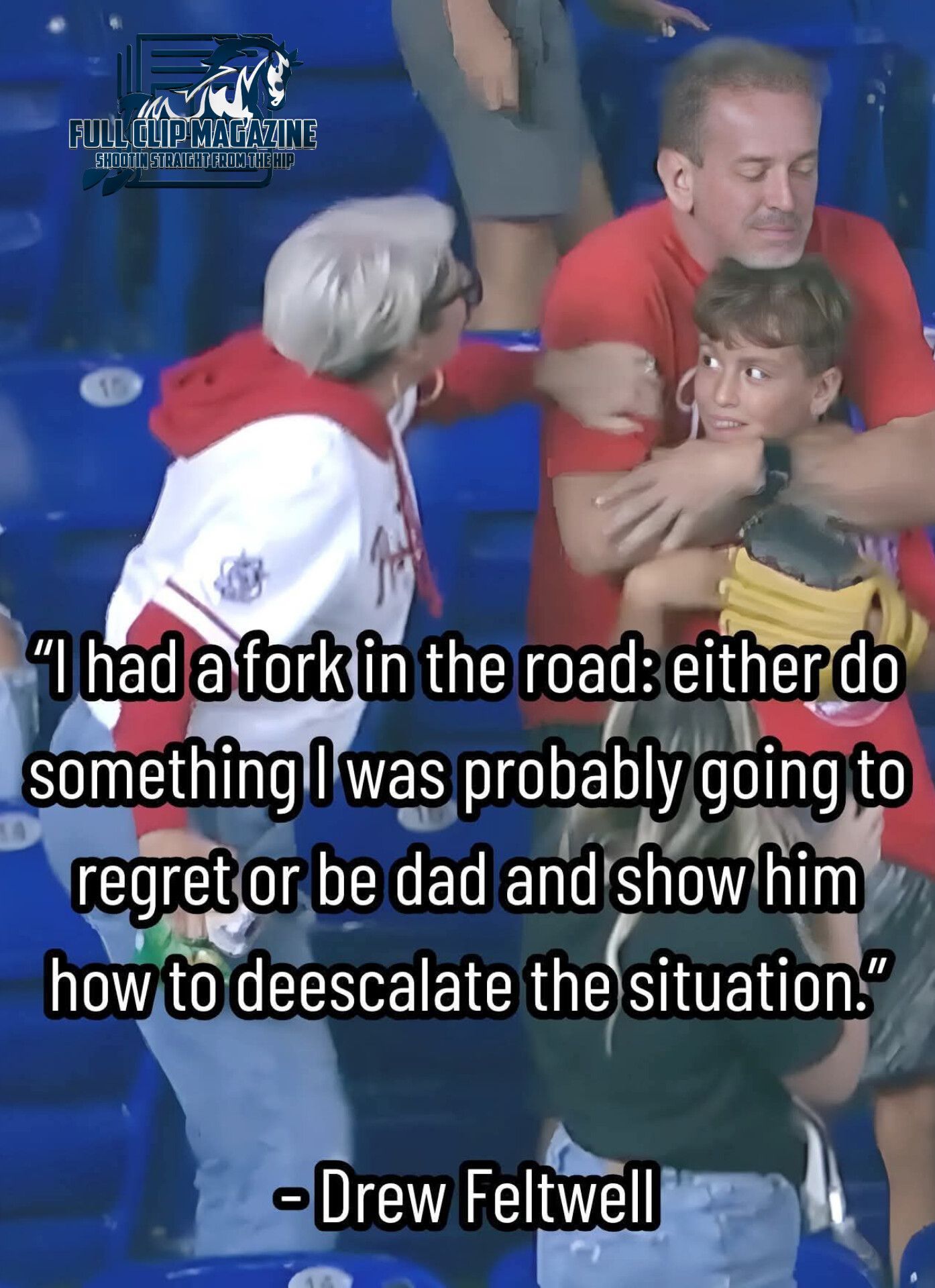Mumble Rap and Linguistics: What We Miss When We Call It “Noise”
Every culture decides which voices count. In language, it’s called “standard English.” In music, it’s “real rap.” Mumble rap falls outside both, and that’s exactly why it matters. For almost a decade, critics have used “mumble” to suggest lazy delivery to drug-glorifying lyrics. But linguistically, that dismissal tells us more about bias than about the music itself.
When you strip away the stigma, mumble rap isn’t a failure of articulation. It’s a case study in how sound, rhythm, and emotion can carry meaning as powerfully as words. Which means the debate around it isn’t just about music, it’s about how we decide what kinds of expressions are legitimate, and which ones we push to the margins.
The Weight of the Word “Mumble”
Future’s early mixtapes in the 2010s didn’t sound like anything critics were used to. Auto-Tune, Southern slang, and melodies saturated his delivery. Instead of trying to decode it, people wrote it off as “mumbling.” From there, the term became a catch-all label for artists who used cadence and mood more than clean-cut enunciation.
The word itself signals dismissal. In linguistics, when a dialect isn’t understood or respected, it often gets framed as “broken.” The same happens here. Rather than listening for structure, critics assume there isn’t any.
AAVE and the Parallel in Perception
African American Vernacular English (AAVE) has long faced this same treatment. Linguists recognize it as a rule-governed dialect, yet society still tags it as “bad English” because it doesn’t conform to the so-called standard.
Mumble rap functions in the same way. It stretches syllables, bends phonology (sounds), and lets prosody (tone, rhythm, and flow of those sounds) carry meaning. Instead of engaging with it as a form, detractors flatten it to a flaw. The critique says more about cultural expectations than artistic reality.
Lyricism, Feeling, and the Drug Debate
From a linguistic standpoint, no way of speaking is “lesser.” Different registers serve different purposes. The same is true in rap. A Nas track is layered with rhyme schemes. A Future track creates atmosphere through melodies. Both are structured. Both are intentional.
But what about the heavy drug references often tied to mumble rap? That criticism is real, and it deserves attention. Drug glorification is a problem, but it’s not a linguistic one. Rock, blues, country, and even early hip-hop all went through their own drug-centered eras. Collapsing content critique and delivery critique into one argument blurs the conversation. You can disagree with the message while still recognizing the method.
The Bias Beneath the Surface
The resistance to mumble rap is rarely about comprehension alone. It’s about comfort. When people say “I can’t understand it,” what they often mean is “I don’t value the way this community communicates.” The South, slang, AAVE, all are wrapped up in how mumble rap is heard, and all carry histories of being written off as less intelligent, less legitimate, less real.
That’s why the criticism stings differently. It’s not just about music taste. It echoes broader cultural dynamics of whose language is respected and whose is treated as noise.
A Living Language of Sound
Hip-hop has never moved in a straight line. Rakim didn’t sound like Bone Thugs, who didn’t sound like NWA, who didn’t sound like T-Pain. Each pushed the form forward in a way that confused critics at first, then became part of the movement.
Mumble rap belongs in that lineage. It makes the voice an instrument and builds worlds where feeling outweighs sentence structure. It’s not a collapse of language, it’s an expansion of it.
That’s the key point. When both fans and critics argue about mumble rap, they’re often saying the same thing from different angles. One side worries about messages that damage the community, the other hears a form of communication that doesn’t match their standard. But once those layers are separated, a deeper truth emerges. This isn’t the end of language in rap. It’s another chapter in how language evolves.
So if mumble rap makes you uncomfortable, ask yourself, is it the message, or is it the form? Because linguistically, the form is innovation. And socially, the message is a conversation. Either way, dismissing it as “mumbling” misses the point.
